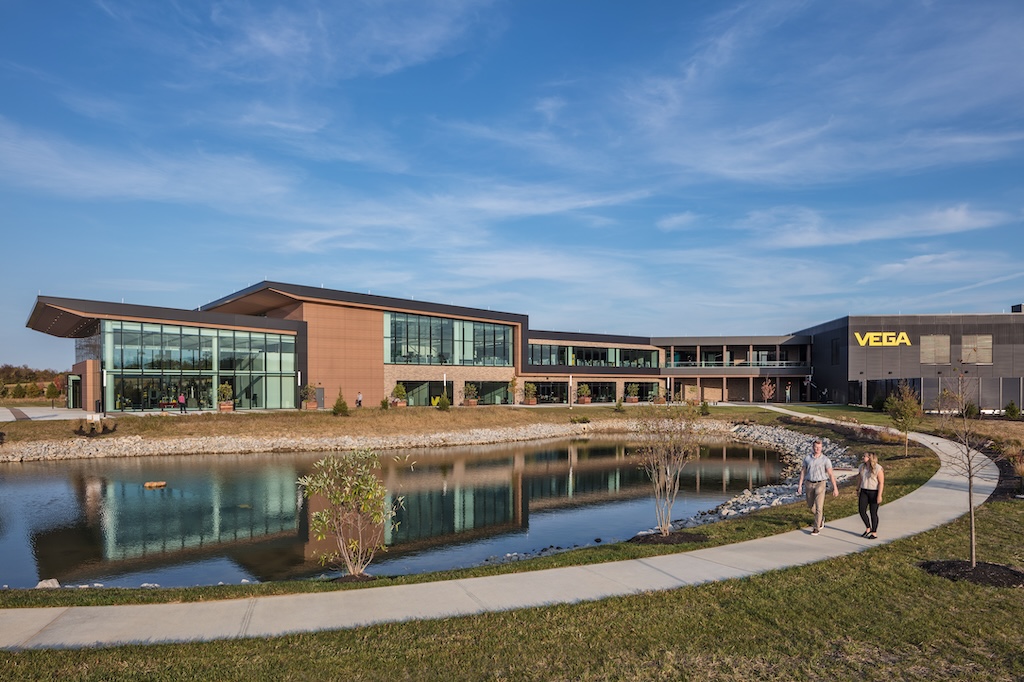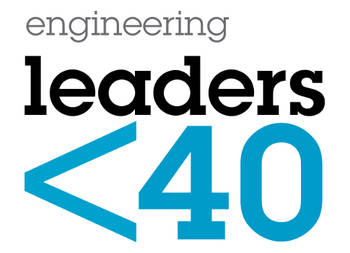Hesh Kagan, the 'Wizard of Wireless,’ was in our offices last month chatting about some new initiatives on sensors. The talk turned to low-cost sensors that would bring the cost of predictive maintenance down to the level where it was cheaper to measure equipment than to simply wait for it to break.
Hesh Kagan, the ‘Wizard of Wireless,’ was in our offices last month chatting about some new initiatives on sensors. The talk turned to low-cost sensors that would bring the cost of predictive maintenance down to the level where it was cheaper to measure equipment than to simply wait for it to break.
A ‘break-fix’ mentality, Kagan said, is the maintenance standard at most process facilities — a fairly provocative position to take. Given the squeeze in capital costs, most industry experts are quick to point out that stretching the useful life of plant floor equipment is necessary to ensure profitable operations. Yet, Kagan contends the equipment is viewed in many facilities as easier to replace than it is to monitor and maintain.
If he’s right, how quickly can we outsource that kind of thinking to another country? We don’t need it here.
PLANT ENGINEERING ’s readers were asked about this issue as part of the “Changing Role of the Plant Engineer” study. The preliminary results will be released later this month at Maximo World in Orlando. They tell an interesting story. Asked what’s the most important factor affecting their business, reducing maintenance costs ranked fourth. Driving safe and secure operations, gratefully, came in first.
Still, it’s worth observing that in many facilities, maintaining people and maintaining equipment is viewed in much the same light — and it’s likely a pretty dim light at that. Machines break down and are replaced. Humans break down as well, victims of workplace injuries and unsafe work conditions, and are seen by a few plant managers and plant executives as just as interchangeable as your average gear.
In general, the U.S. workplace is safer. Every OSHA statistic shows it. Yet there are still too many facilities — especially in labor-intensive and salary-challenged jobs — where the attitude toward workers is the same as equipment — ‘break-fix.’
Enlightened managers know better, of course. With our hard-fought experience in manufacturing leaking out the door through retirement — and showing little signs of being replaced — plant managers need every bright mind and every experienced hand to keep productivity high. Treating any worker as a human cog isn’t just dangerous and inhumane, it’s also stupid.
Lean manufacturing, as we discuss extensively in this issue, is a smart way to put your plant floor on the road to productivity. Quality and safety are the marriage of good equipment and good work processes. Quality and safety are measures we equate to a well-run business. You don’t need a sensor. You just need some sense.



